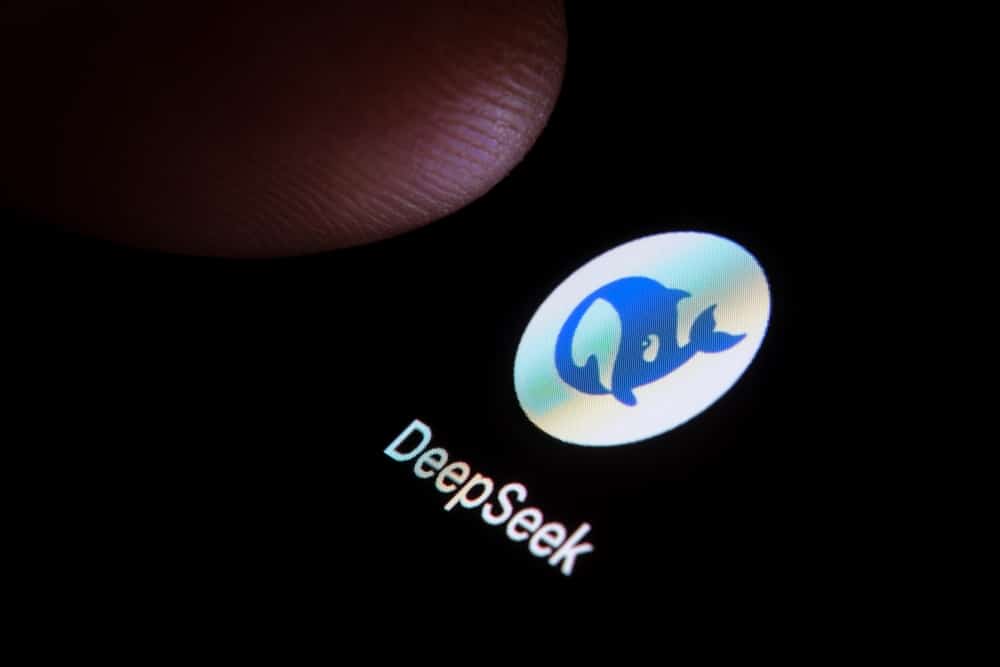Do you really need an AI detector? Nowadays, authenticity, originality, and trust are more important than ever. As artificial intelligence continues to reshape the way we create, share, and consume information, the lines between human and machine-generated content is getting kind of thin. This is where the detector de IA enters the scene, offering businesses a powerful tool to ensure credibility, compliance, and competitive advantage.

AI Detector: What Is It and Where Is It Used?
An AI detector is a specialized software solution designed to analyze digital content—usually text, but increasingly also images and code—to determine whether it was produced by a human or generated by artificial intelligence. Seems like a simple job, but as time goes by, it’s getting harder and harder to differentiate a human from a computer. We are still waiting for a computer to finally pass the Turing test, though!
Unlike a simple word counter, which measures the length of a document, an AI detector examines linguistic patterns, sentence structures, and stylistic markers that are typical of AI-generated content. The term detector de ia, popular in Spanish-speaking regions, reflects the global demand for such technology.
AI detectors are now used across a wide range of industries and applications. In education, they help teachers verify the authenticity of student assignments. In journalism, editors use them to maintain the integrity of news articles. In legal work, they help ensure the originality of contracts and briefs. And in business, they are becoming indispensable for marketing, HR, compliance, and more.
Let’s explore 13 specific opportunities where an AI detector—especially when used alongside tools like a word counter—can help your business not only keep up with the times but truly thrive.
How Will an AI Detector Help Your Business?
1. Ensuring Authentic Marketing Content
In today’s digital marketplace, content is king. Customers expect brands to provide unique, engaging, and authentic material—whether it’s a blog post, social media update, or newsletter. A detector can scan your marketing content to ensure it’s genuinely human-crafted, not just a generic product of an AI model. This is crucial for building trust with your audience and avoiding SEO penalties for duplicate or low-quality content.
By combining an AI detector with a counter, marketing teams can also optimize the length and depth of their content, hitting the sweet spot for both reader engagement and search engine algorithms.
2. Protecting Brand Reputation
Brand reputation is one of the most valuable assets a business can have. In an era where AI-generated reviews, testimonials, and even fake news are rampant, a detector can help you monitor mentions of your brand online. By identifying and flagging suspicious or inauthentic content, you can respond quickly to misinformation, maintain your brand’s integrity, and foster genuine customer relationships.
3. Streamlining Recruitment and HR Processes
Human resources departments are increasingly relying on digital applications, resumes, and cover letters. However, with the rise of AI-powered writing assistants, it’s easier than ever for candidates to submit polished but inauthentic application materials.
Of course, that makes it much easier for those who write their own CVs to stand out. Use this to your advantage. An AI detector can help HR teams distinguish between genuinely qualified applicants and those who rely too heavily on AI-generated documents.
A counter can further assist by ensuring application materials meet length requirements, while the AI detector verifies authenticity—leading to better hiring decisions and a stronger company culture.
4. Enhancing Compliance and Regulatory Adherence
Many industries—such as finance, healthcare, and law—are subject to strict regulations regarding documentation and reporting. Using an AI detector, compliance officers can verify that reports, disclosures, and communications are original and not generated by third-party AI tools, which may introduce errors or inconsistencies.

A detector de ia can also help ensure that sensitive information is handled appropriately and that all documentation stands up to regulatory scrutiny. This reduces the risk of fines, legal disputes, and reputational damage.
5. Improving Internal Communications
Clear, authentic communication within a business is essential for productivity and morale. AI detectors can be used to analyze internal memos, training materials, and policy documents, ensuring that they are written in a human voice and tailored to your team’s needs.
Pairing an AI detector with a word counter allows you to maintain concise, effective communication—avoiding unnecessarily long or overly complex documents that can confuse employees or dilute key messages.
6. Verifying Supplier and Partner Communications
In a globalized business environment, companies often work with suppliers, partners, and contractors from around the world. An AI detector can help you verify the authenticity of communications, proposals, and reports received from external parties, ensuring that you are dealing with real people and not automated systems. Cybercrime is becoming more and more common, so do try to keep up with the techonologies that will protect you.
This is especially important in industries where transparency and trust are paramount. That’s pretty much everywhere. A word counter can also help standardize document formats and ensure that all parties are providing the required level of detail.
7. Safeguarding Against Fraud and Scams
Fraudsters are increasingly using AI-generated content to create convincing phishing emails, fake invoices, and fraudulent contracts. A detector can help your business identify suspicious documents before they cause harm. By analyzing linguistic patterns and stylistic markers, an AI detector can flag potentially fraudulent communications for further review.

8. Supporting Intellectual Property Protection
Original content is a valuable asset—whether it’s product descriptions, training manuals, or proprietary research. People love to see that content has been made with the ideal customer in mind. However, other brands might love your content too. In fact, they might love it so much that they decide to take it as their own.
An AI detector can help ensure that your company’s intellectual property remains unique and is not being copied or generated by unauthorized AI systems. Protecting your data is very hard today, even if it is unique and has your signature all over it.
9. Optimizing Customer Support Interactions
Many businesses now use AI-powered chatbots and automated customer support systems. While these tools can improve efficiency, it’s important to maintain a balance between automation and genuine human interaction. An AI detector can analyze customer support transcripts to ensure that customers are receiving authentic, empathetic responses when needed.
A counter can help measure the length and depth of support interactions, identifying opportunities for improvement in both automated and human responses. People have trouble focusing nowadays, so a shorter text might be benefitial.
10. Enhancing Training and Development Programs
Effective employee training relies on clear, engaging, and original materials. An AI detector can review training modules, presentations, and e-learning content to ensure they are not simply recycled from generic AI templates. This helps create a more engaging learning experience and supports better knowledge retention.
Using a word counter alongside an AI detector ensures that training materials are comprehensive yet concise, making them more accessible to employees at all levels.
11. Elevating Content Localization and Translation
For businesses operating in multiple countries, localization and translation are critical. AI detectors can analyze translated content to ensure that it is not only linguistically accurate but also culturally authentic and free from AI-generated errors. This is particularly important when using machine translation tools, which can sometimes produce unnatural or inappropriate phrasing.
It can also help maintain consistency in document length across different languages, ensuring that localized content matches the original in scope and detail. This is great for businesses which cannot afford a person to act as a translator.
12. Fostering Innovation and Creative Thinking
AI detectors are not just about catching inauthentic content—they can also inspire creativity. By highlighting passages that seem formulaic or machine-generated, a detector de ia encourages writers and teams to think more creatively, experiment with new ideas, and develop a unique brand voice. The more we are aware of our flaws, the more we can work on them.
13. Building Customer Trust and Loyalty
Ultimately, the goal of using an AI detector in business is to build trust—with customers, partners, and employees. In a world where AI-generated content is everywhere, being able to guarantee the authenticity of your communications sets you apart. Customers appreciate transparency and honesty, and a detector de ia helps you deliver on those values.
Pair this with a word counter and you have a message that is clear and concise, further enhancing the customer experience and fostering long-term loyalty.
Conclusion
The integration of AI detector technology into business operations is no longer a luxury—it’s a necessity. From marketing and HR to compliance, customer support, and beyond, AI detectors and tools like the word counter empower businesses to maintain authenticity, safeguard their reputation, and drive innovation. The detector de ia is rapidly becoming an essential ally for companies that want to thrive in an increasingly digital and AI-driven world.
By embracing these tools, your business can stay ahead of the curve, foster genuine connections, and unlock new opportunities for growth and success. Whether you’re a small startup or a global enterprise, the thoughtful use of an AI detector will help you navigate the challenges of the modern business landscape with confidence and integrity.
